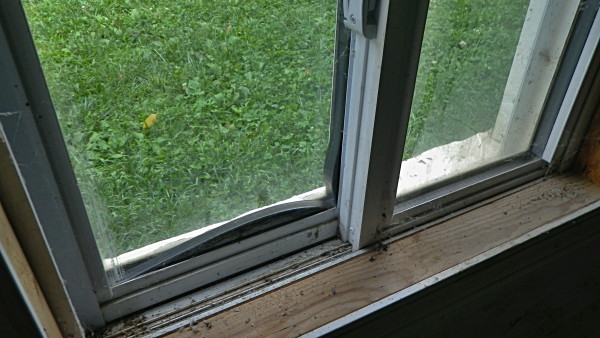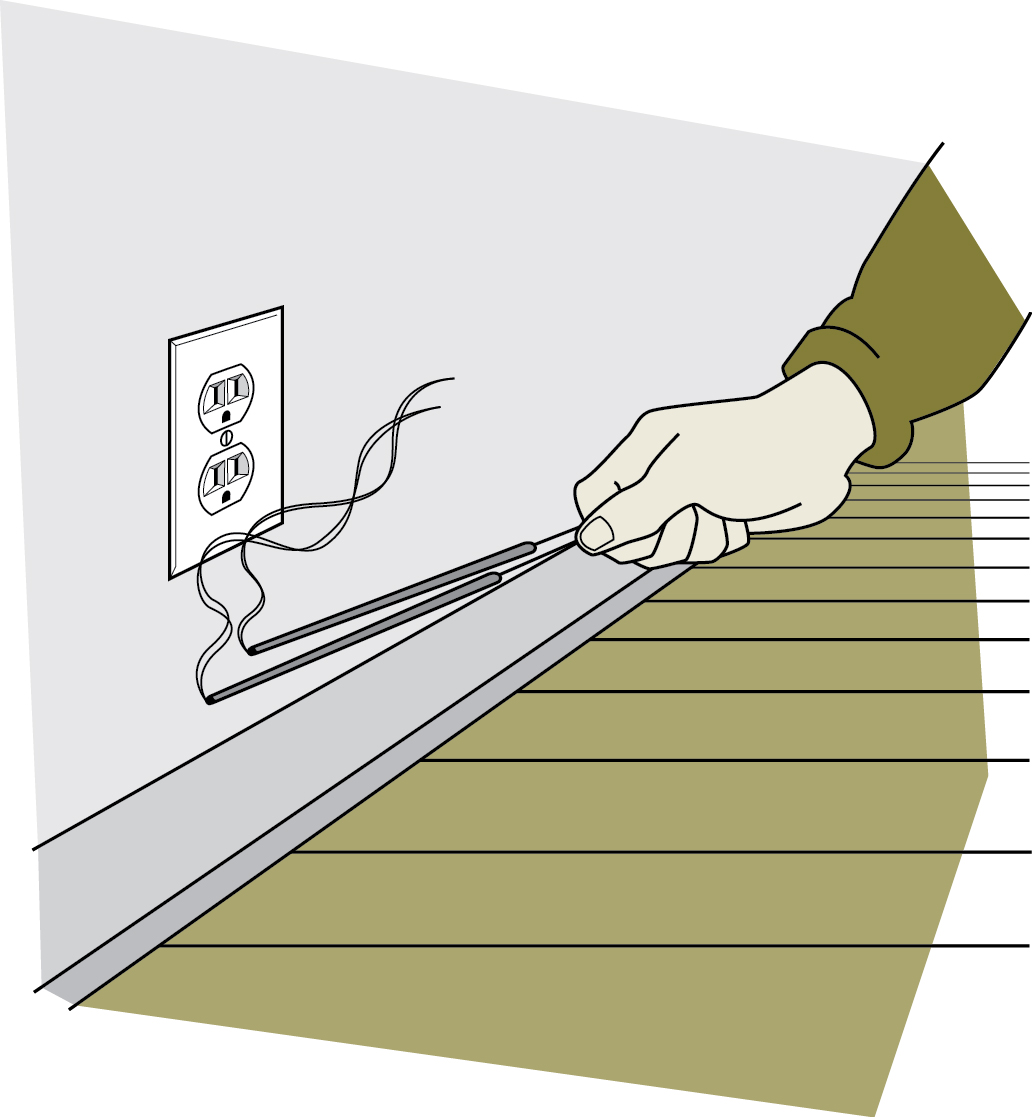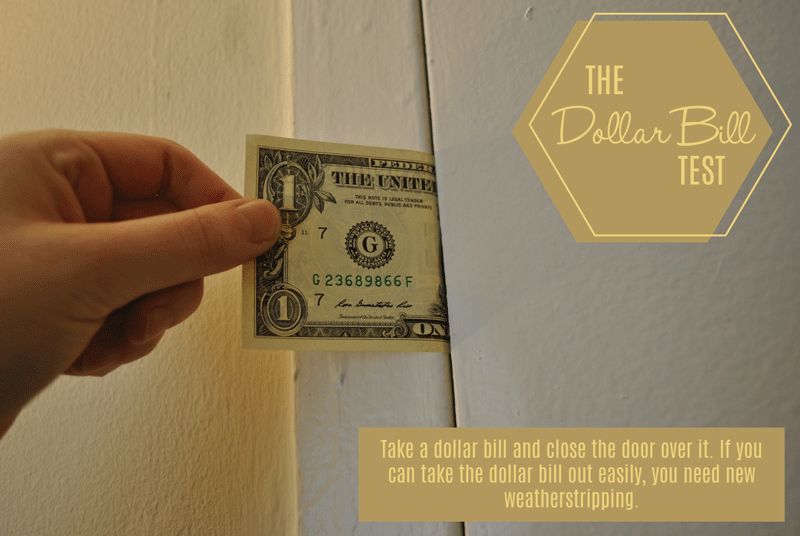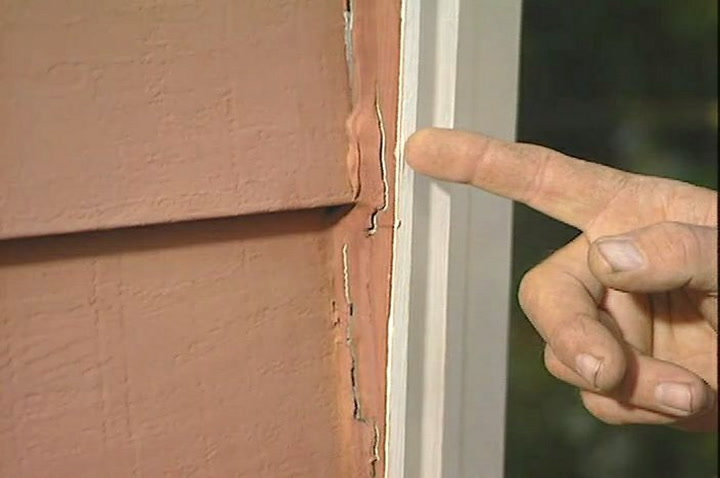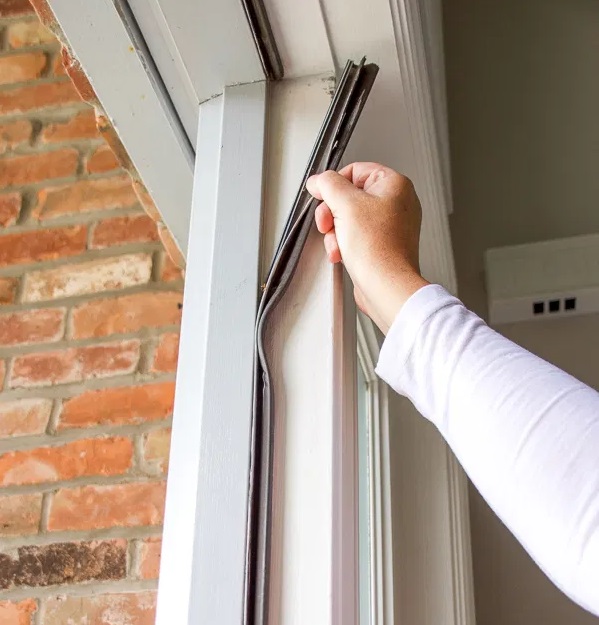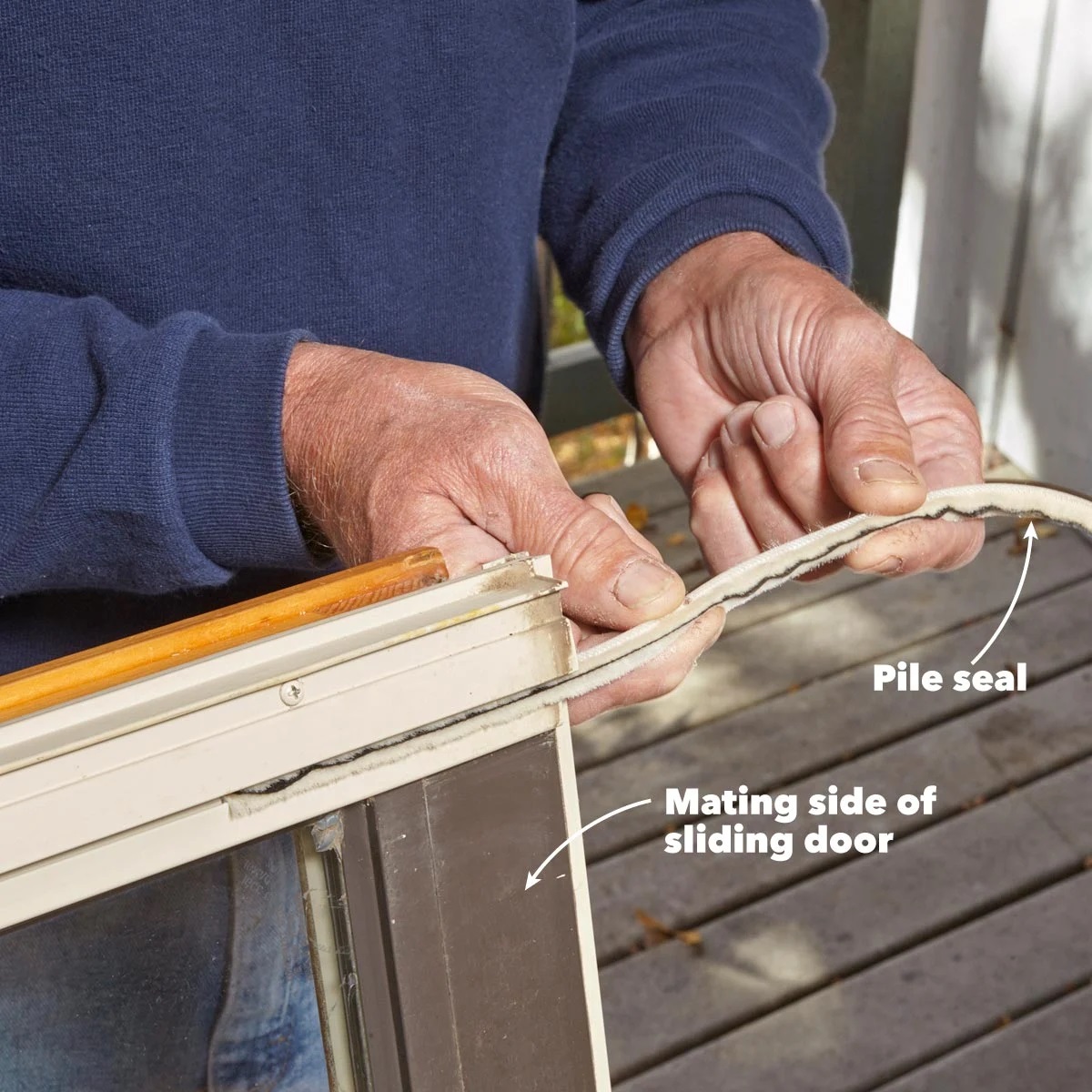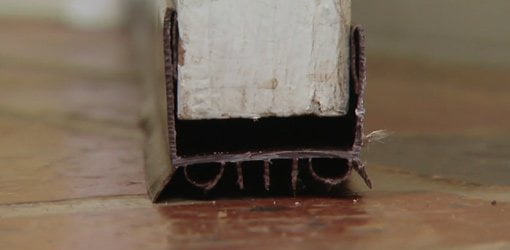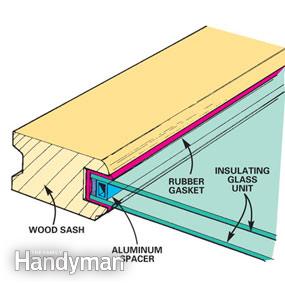Spring Home Maintenance Checklist: Window and Door Seals
Leaks in any seals around the house may be more noticeable during the winter because you can feel a cold draft, but people usually don’t want to open those windows and doors to do repairs when the temperatures are below 0. During the summer any leaks in the seals around the house can also affect the efficiency of the air conditioning, so those gaps will affect you year-round. Now that the weather has warmed up it’s a good time to be proactive with checking for leaks or to act on any drafts you may have noticed during the winter. Following our recent series on the Spring Maintenance Checklist, today we will focus on the seals around windows and doors.
Tiny leaks can be a problem too
Big leaks are easy to find, as you may feel a cold draft during the winter or even hear whistling from the wind. Smaller leaks may not be as noticeable but they can turn into bigger problems, and if you have many small leaks around your home they could add up to being the same as one big leak. Also any air leaks could turn into huge problems if water also gets into your home. To put it in perspective, “Air leakage represents about 20 to 30 percent of heat lost from an older home. This loss could cost a homeowner from $250 to more than $1,000 extra per year depending on the age of the home and the heating fuel source.” (Source: https://www.nrcan.gc.ca/sites/www.nrcan.gc.ca/files/canmetenergy/pdf/housing/fixtheholeinyourwall.pdf).
How to find air leaks
Companies that specialize in doing energy audits will attach huge fans to your front door to create a vacuum in the house, and test where air may be leaking in around the house. Some may even use heat sensing cameras to visualize the energy loss. Obviously most people don’t have access to this kind of equipment, however it’s possible to do a smaller scale version of this by closing all the windows and exterior doors in the house and turning on all the bathroom and kitchen exhaust fans to create a vacuum. You then hold a stick of burning incense near the window and door seals, electrical outlets, etc and if the smoke trail moves you know there is a leak. Alternatively you can hold a lit candle and if the flame moves then you know there is a leak.
Gaps in the seals
When you close a window or door there are flexible seals that will flex to fill the void. Manufacturers use different materials depending on what kind of movement it has to be able to handle, for example it can be foam, rubber, felt, vinyl, or silicone. However over time the material can wear down, for instance rubber can become hard and brittle and no longer able to create a tight seal.
One additional test for doors is to close it and trap a piece of paper or dollar bill in the gap; the paper or bill should stay in place but also give you some resistance when you try to take it out. Also if you see light coming through any gaps on the top, bottom, or side of the door during the day, you know the seals are not doing their job.
Repair, redo, or replace
The type of repair will depend on the type of gap that needs to be sealed, as the usage will determine the type of material used.
- When you apply caulking it is a soft material but dries into a hard material, so should be used on things that don’t move often, such as a where a door or window frame joins with the masonry of the house.
- Redoing this type of seal requires scraping away the old caulking, cleaning the surfaces to make sure they are clean and dry, and reapplying a new line of caulk to the joint to be sealed.
- When redoing caulking you should also pay attention to use the right type, as there are different formulas for exterior and interior caulking, as well as those optimized for showers and bathrooms instead of windows and doors.
- In contrast rubber or foam weatherstripping is used for parts that will move, as they will flex to fill the gap left when a door or window is closed.
- These may be attached by a bracket, and depending on your situation it may need to be nailed in or screwed in, and some weatherstripping is slid into a track along the door frame or onto the door itself.
- Metal door weatherstripping may be plastic or rubber with magnets so they can adhere better with the door.
- You may find that patio doors have felt weatherstripping on the doors themselves that can only be replaced by removing the whole door in order to slide the weatherstripping out of the groove (source: https://www.familyhandyman.com/project/drafty-patio-door-weatherstripping-stops-drafts-cold/)
- Some door bottoms also have a “sweep” which is a type of seal that sweeps along the floor (hence the name) and covers the gap at the bottom when the door is closed. These may be attached by screws or adhesive, or there could be a track that the rubber slides into.
- Sometimes the gasket that seals where the window pane meets the wood or vinyl sash needs to be replaced. This involves removing the whole window and disassembling the sash or frame in order to do the repair, so may be something that the pros should handle.



